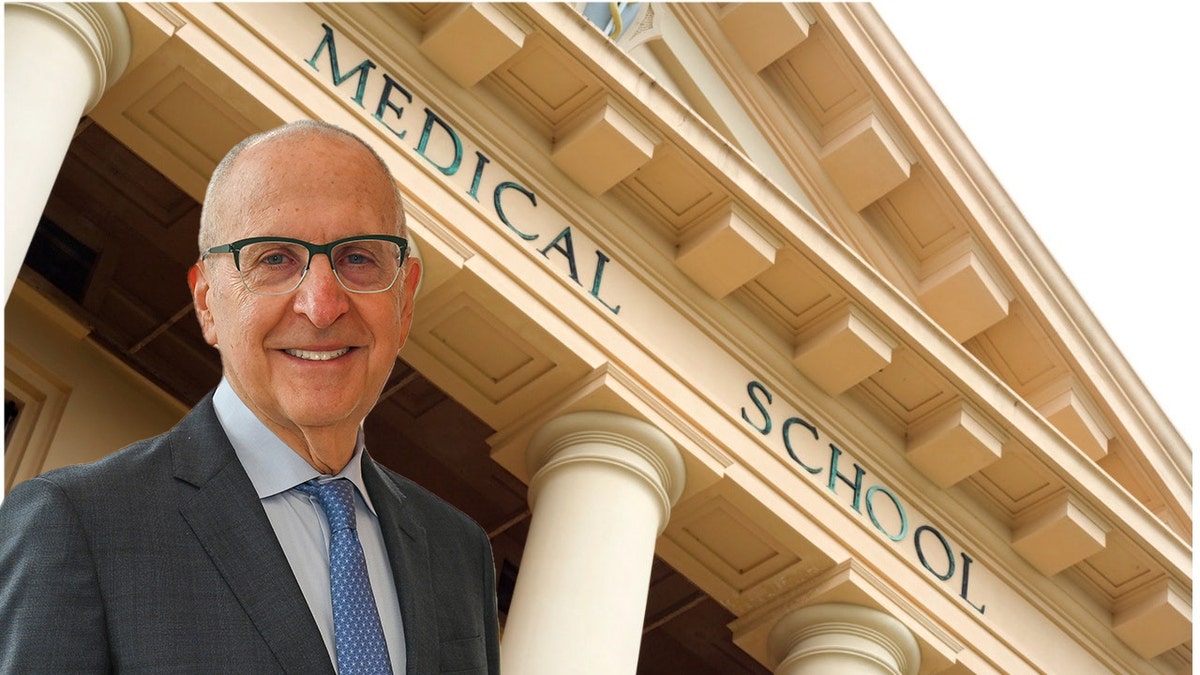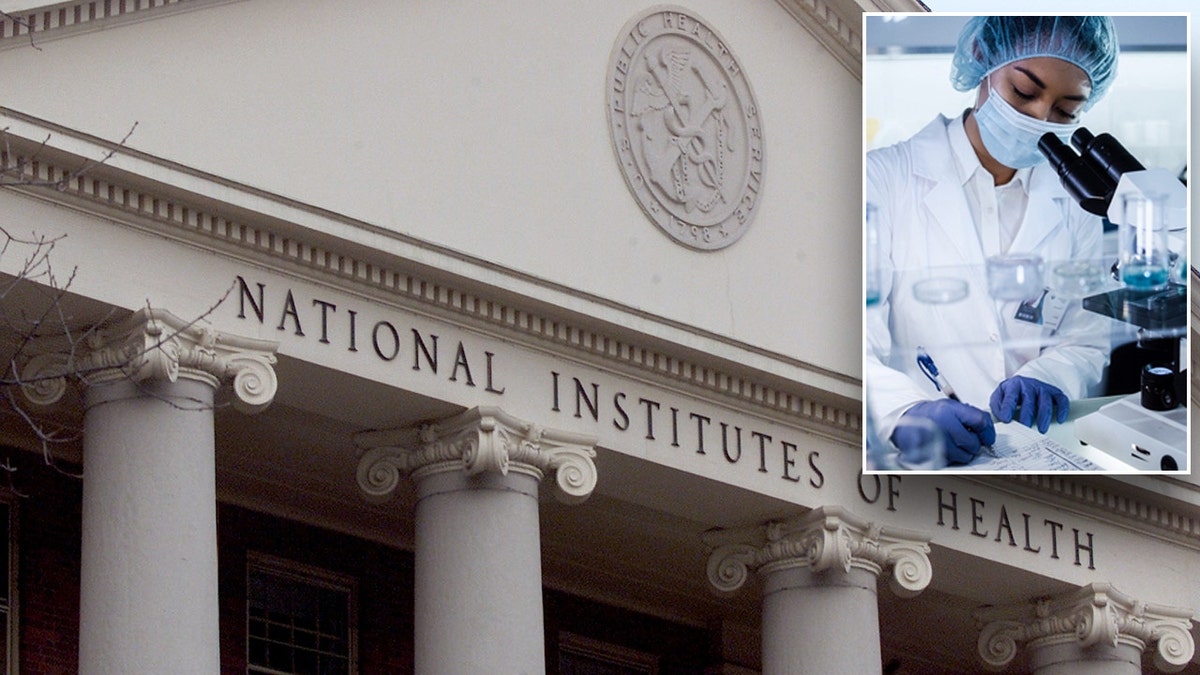Amidst the ongoing discussion surrounding potential cuts to federally funded research grant overhead, Dr. David Skorton, president and CEO of the Association of American Medical Colleges (AAMC), offers a perspective on navigating this complex issue. The AAMC represents all MD-granting accredited medical schools in the U.S. and approximately 500 academic health systems teaching hospitals.
Dr. Skorton acknowledges the need for change in the current system, citing excessive regulation as a key driver of escalating facilities and administrative costs. He advocates for streamlining these regulations, suggesting harmonization across different agencies to alleviate the burden on researchers. This, he argues, would free up researchers to focus on their core work, ultimately leading to more impactful outcomes for the public.

Furthermore, Dr. Skorton emphasizes the importance of transparency from research institutions regarding the use of taxpayer dollars. He believes this will help address concerns about potential misuse of funds and foster greater public trust. He highlights the significant contributions already made by institutions, noting that for every dollar received in federal research funding, they contribute roughly another 50 cents.
Reducing over-regulation, according to Dr. Skorton, offers a dual benefit: improving the research environment and demonstrating the potential for collaborative cost reduction without jeopardizing new research endeavors. He specifically points to research involving human or animal subjects, where streamlining regulatory requirements could be particularly beneficial.

The AAMC expresses a strong desire to collaborate with the administration on refining the funding framework. While acknowledging the need for improvements, Dr. Skorton cautions against drastic, arbitrary cuts to facilities and administrative costs, arguing that such measures could hinder research progress. He underscores the importance of a balanced approach that maintains essential support services while optimizing resource allocation.
In fiscal year 2023, the NIH distributed approximately $35 billion across roughly 50,000 grants to research institutions. A portion of this funding covers indirect costs associated with infrastructure and operations. Some medical experts argue that reducing these indirect costs could free up resources for more direct research activities, potentially leading to a greater number of funded projects and accelerated medical advancements.

Echoing Dr. Skorton's call for reform, Dr. Erika Schwartz suggests a revised funding model that balances essential support services with more efficient cost management. Such a model, she proposes, could channel more resources directly into research activities, ultimately accelerating medical breakthroughs and benefiting patients.
Comments(0)
Top Comments